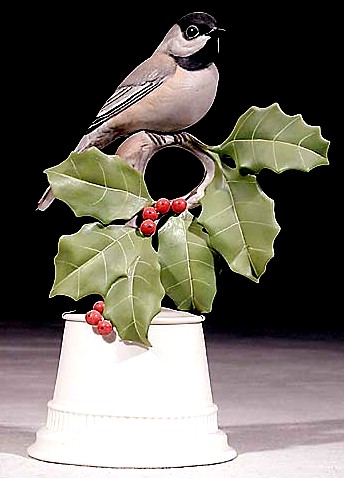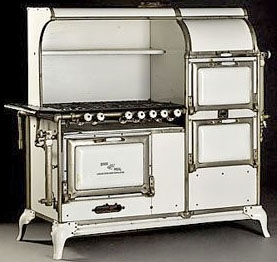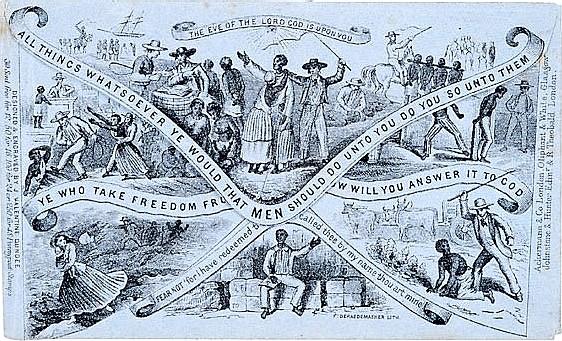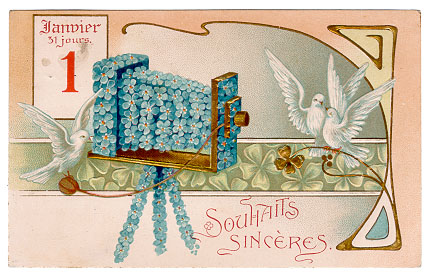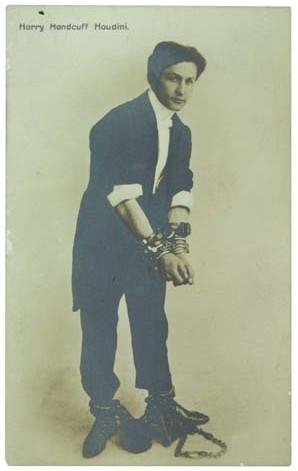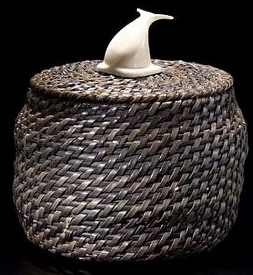I love Boehm birds. They remind me of my mother, a biology teacher, who would spend her snow days birdwatching in her thick red bathrobe, a cup of instant coffee cooling in one hand, Dad’s Minolta camera with telephoto lens in the other, hunched on the wood floor by the sliding glass door, watching and snapping (and hissing at every interruption). I think of her whenever I see Boehm birds, like the chickadee here, at sale.
Not everyone would admit to liking them. To put it in book terms, to much of the antiques marketplace, hand-painted porcelain figures of almost any kind are sort of the equivalent of Beverly Lewis or Lilian Jackson Braun books. In fact, I think the stereotype would suggest that you’d find bird figurines on shelves next to the complete Cat Who series. But in reality, most lines of hand-painted figurines have impressive histories, and Boehm is no exception. Edward Marshall Boehm (pronounced “Beam”), founded Boehm Porcelain in 1950 at the age of 37, after studying animal husbandry and working for almost a decade as a farm manager. He died in 1969, but in that short time, he established a reputation for incredibly detailed, beautifully painted porcelain, a reputation that was rewarded when a section of the Vatican Museums was named in Boehm’s honor in 1992. (Generally, the galleries and wings of the Vatican Museums are named only for popes or royalty.) Over the years the company has produced birds, flowers, animals, and more, in addition to larger commissioned works.
Of course, works produced when the company was still under Boehm’s oversight are the most valuable, but most of the pieces carry significant resale value, and while at first glance, they might seem like objects likely to be found on a great aunt’s piano, Boehm figurines can be found in the finest museum collections all over the world, so never judge a book or a Boehm figurine by its cover!
-Hollie Davis, Senior Editor, p4A.com
Reference & Further Recommended Reading:
To search the Prices4Antiques antiques reference database for valuation information on hundreds of thousands of antiques and fine art visit our homepage www.prices4antiques.com

